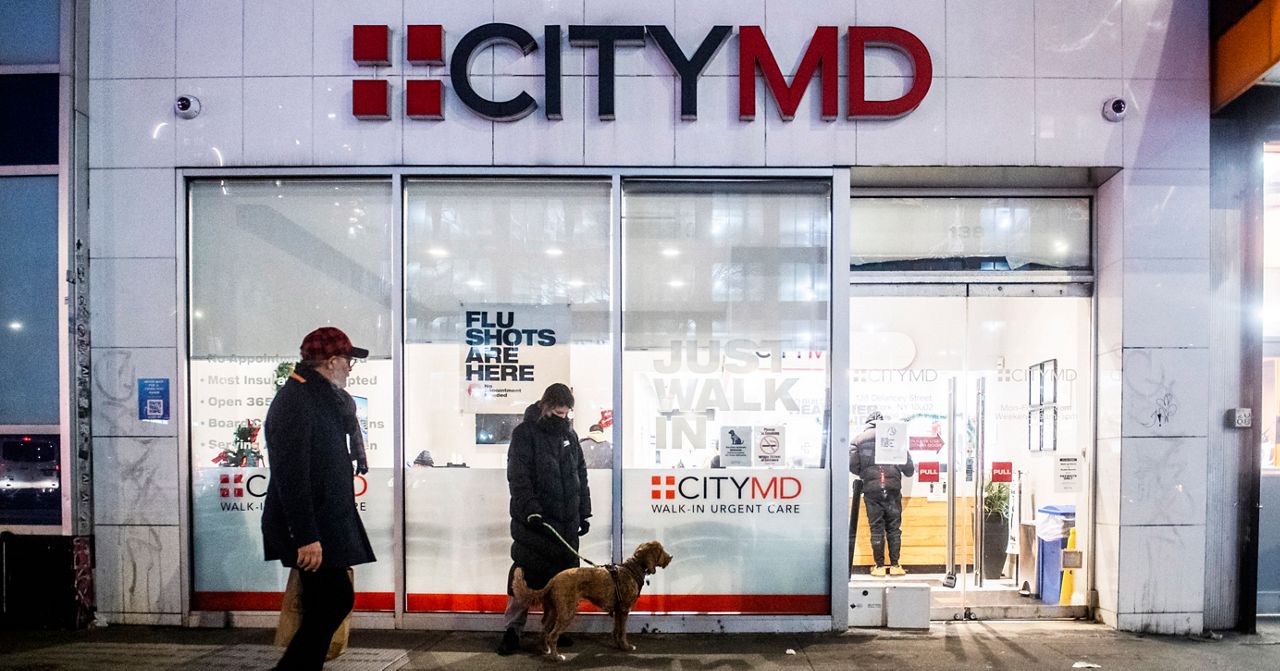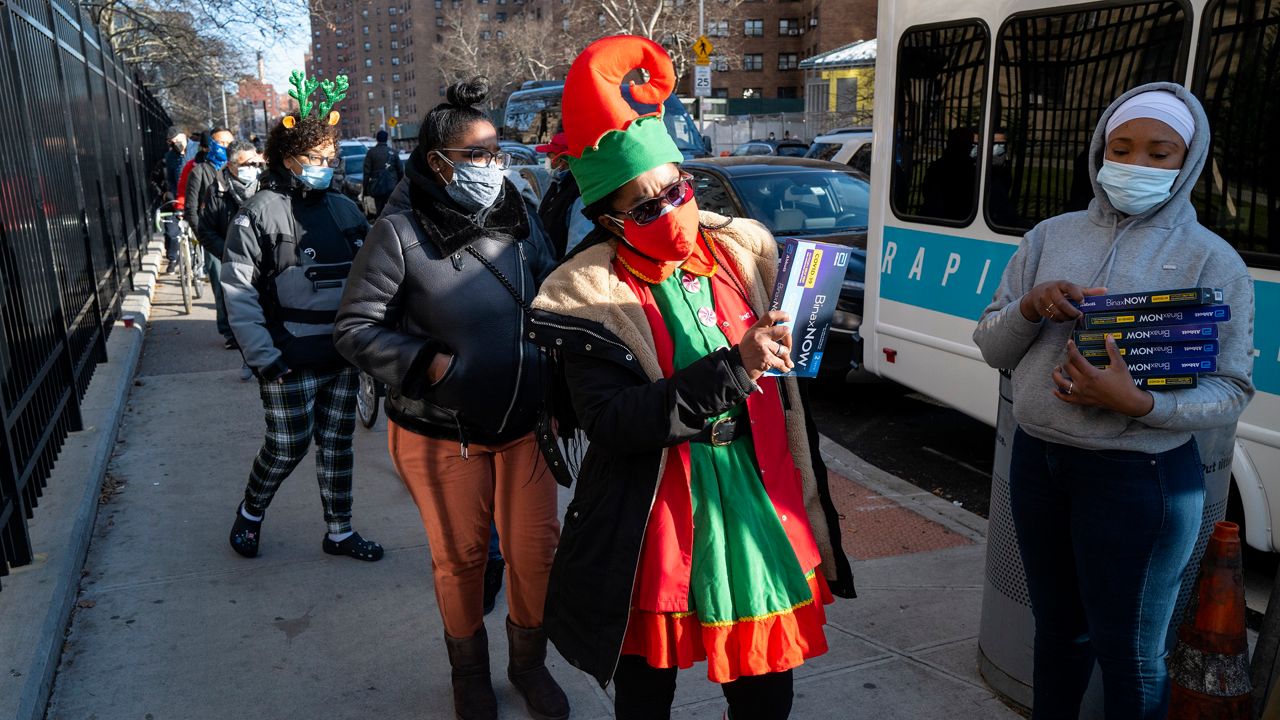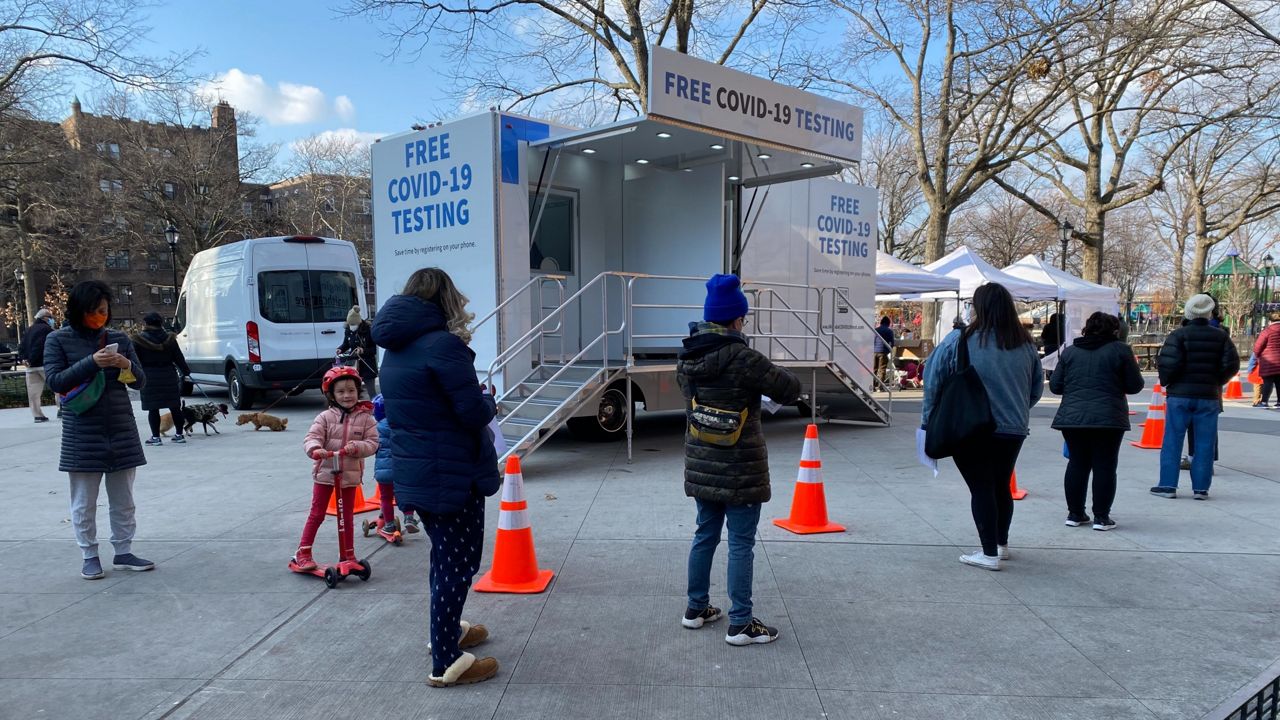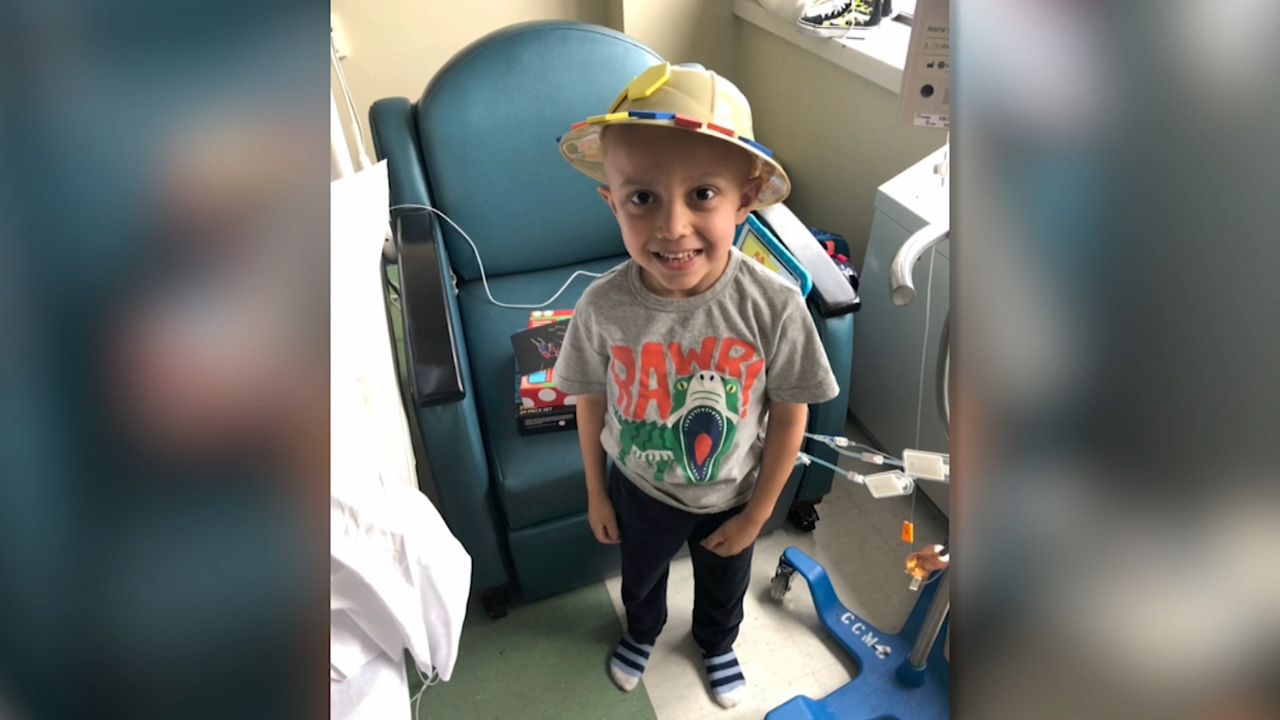Queens is not the most populous borough, and it is far from the most densely populated. That's all the more reason as to why the borough's emergence as the center of the city's worsening coronavirus crisis stands out.
Experts say the borough’s demographics might play a role in why the virus has spread so quickly through Queens. The borough is home to many city employees providing essential services — workers, immigrants and low-income service workers.
- LIVE UPDATES: Coronavirus in New York City
- What We Know About the Coronavirus
- CDC Coronavirus Page
- WHO Coronavirus Page
“These are folks who cannot stay at home. And even as the cases soar in the city, they have to continue taking the subway, they have to continue going to work,” said Dr. Sandra Albrecht, an assistant professor of Epidemiology at the Mailman School of Public Health at Columbia University.
There are also questions about whether important information involving social distancing and other ways to stop transmission is seeping into the borough's diverse communities. More than 120 languages are spoken in Queens.
“What times of venues or forums is the city sending these messages? Is it just social media? Are they expecting the residents in these respective affected communities to be plugged in on the news,” said Dr. Harlem Gunness, the director of Public Health at St. John’s University.
Compounding the problem, there are just 10 hospitals for the borough’s 2.2 million residents.
Dr. Mitchell Katz, who heads NYC Health and Hospitals, says Queens has about half the number of hospital beds per thousand people than Manhattan.
“Especially where Elmhurst is. There is a huge area of population that are extremely dependent on Elmhurst,” said Katz.
Experts say because testing is not readily available for everyone who is exposed to the virus, it’s difficult to track the true hot spots.
“Testing is not to the scale that we would like it to be. So, it makes it very difficult to estimate the burden of disease in any one place because we’re simply not able to test everyone who has been exposed,” said Dr. Danielle Ompad, an associate professor of Epidemiology at NYU's School of Public Health.
Earlier this week, the city released this map showing the percentage of positive results for people who have been tested for the coronavirus. Critics say it is not a clear snapshot of the crisis because it doesn’t show how many tests were administered in each area. Epidemiologists say going forward they hope the city will provide more transparent numbers, so researchers can pinpoint the hot zones and work to reduce transmission in them.








